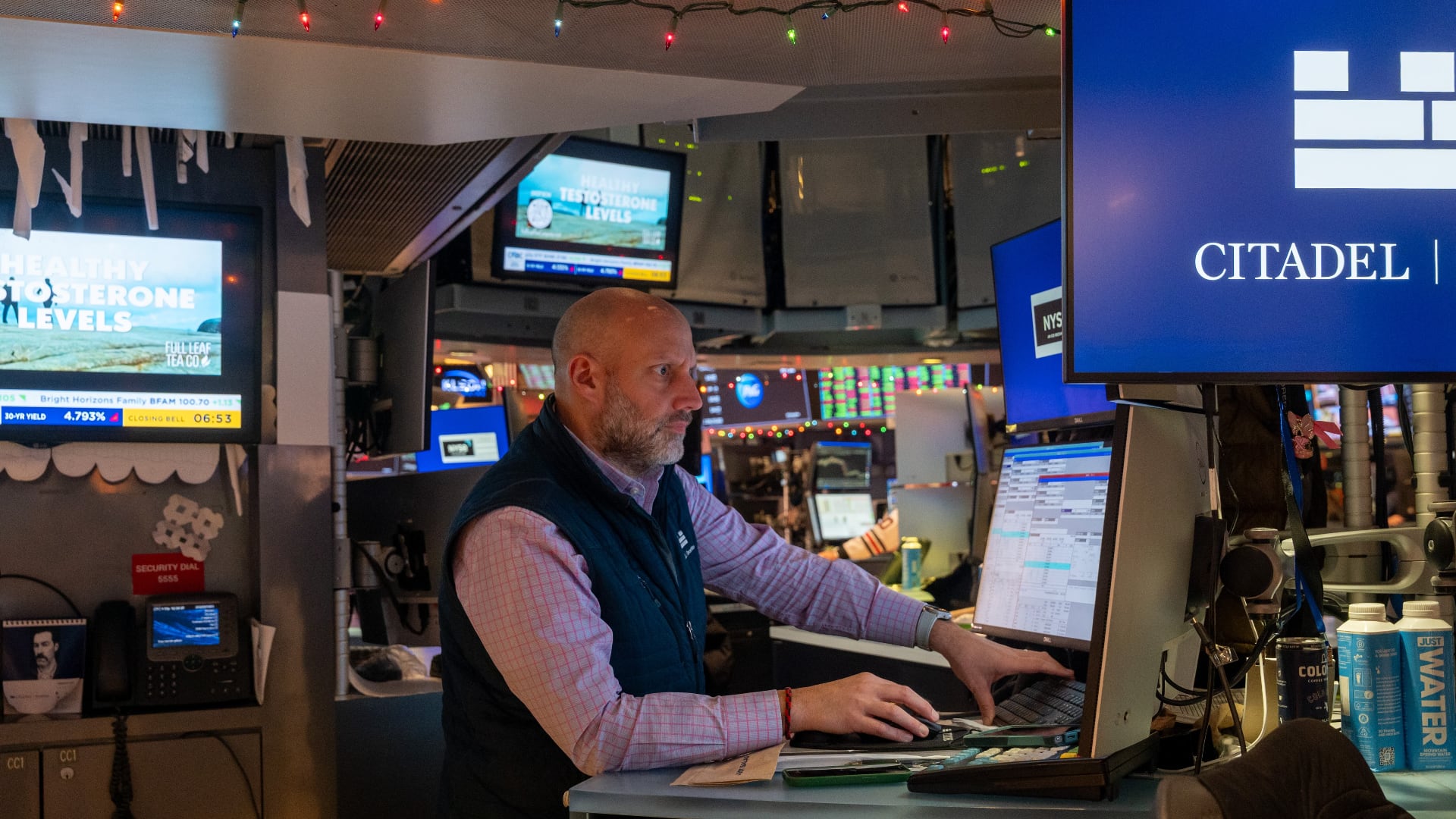Tom Heimgartner was set to be a lawyer until he decided to turn his trucking side job into a full-time career. It's proven fruitful for the president of Best Transportation. But more and more, it's harder to find people willing to hit the road.
"Millennials don't want to drive trucks," Heimgartner, who is also the chairman of the trucking industry group Association of Bi-State Motor Carriers, explained. "Younger people want to sit at a keyboard, and work on a laptop for living, and maybe work from home. Drivers have to get up early in the morning and come to work every day. They've got to physically be here."
On top of it, it's a demanding job, Heimgartner added.
"It's a lot of hours, takes a little bit of skill, and sometimes they don't feel like they get enough respect," he admitted. "It doesn't have the same panache to it."
The American Truck Driver Association estimates it will have to replace one million truck drivers over the next decade. But the problems are becoming especially dire now with mounting supply chain issues. While the ships in New York and New Jersey's Newark port can be unloaded in a timely manner, one of the main problems facing the area is the lack of truck drivers available to move the goods to warehouses and then on to their final destinations.
"We knew it was coming because the average age of drivers is now in the 50s," said DHL Supply Chain president of transportation and LLP of North America Jim Monkmeyer. "We know not a lot of people are asking their kids to be truck drivers, and many are retiring."
If the supply chain works as a well-oiled machine, shipping containers with goods make it to the port. Stevedores make sure the right items make it on the corresponding trucks. A driver takes the products to a warehouse, where another driver takes it to its final retail or home destination.
But the pandemic threw a wrench in things. The rise of e-commerce means more goods need to be delivered directly to homes than ever. Retailers are ordering extra products, in case things are shut down again. And, many of the employees that were laid off when port volumes dropped last year have yet to return.
The Port of New York and New Jersey saw volumes drop up to 45 percent year-over-year in 2020, deputy port director Bethann Rooney said. Now it's expecting a 25 percent increase from pre-pandemic levels.
"The warehouses and distribution centers, those staff were laid off," Rooney explained. "They went on unemployment and it's been very slow to get them back into the workplace."
Typically it takes about four days to unload the goods off the boats onto the trucks, according to Best Transportation's Heimgartner. But the dwell time is taking twice as long because there are not enough drivers, and customers aren't unloading their shipping containers fast enough to send the empty ones back for transporting more goods.
"You've also got a situation where I think some parents aren't comfortable with a kid situation, school situation," explained DHL Supply Chain's Monkmeyer. "They're choosing to stay home and perhaps one parent works, where in the past both were working."
Another issue is many of the parts that are needed for the trucks are being held up in the supply chain themselves. The steel needed for the chassis or a beam on a truck that the shipping containers sit on is also in short supply. Other items needed to make trucks, like semiconductor chips and wiring, are also scant to find. Best Transportation's new truck order had to be cut in half.
"We operate about 100 trucks right now," Heimgartner said. "We turn away business every single day. We have a sales department that just says no. And we could, without exaggeration, we could double our business if we could get the equipment and the people."
If anyone has any experience driving a truck or working at a warehouse, Port of New York and New Jersey's Rooney said all businesses in the supply chain need your help to keep things moving during the holiday season.
"We need all hands on deck to move all of the cargo that's here and get it to the retail stores and fulfillment centers for e-commerce," she said.
And if you see your local truck driver, maybe give him a friendly wave.
"Up until recently nobody really appreciated what we do in the logistics business, but we're supplying everything that you consume, wear, and desire, basically," Heimgartner pointed out.



